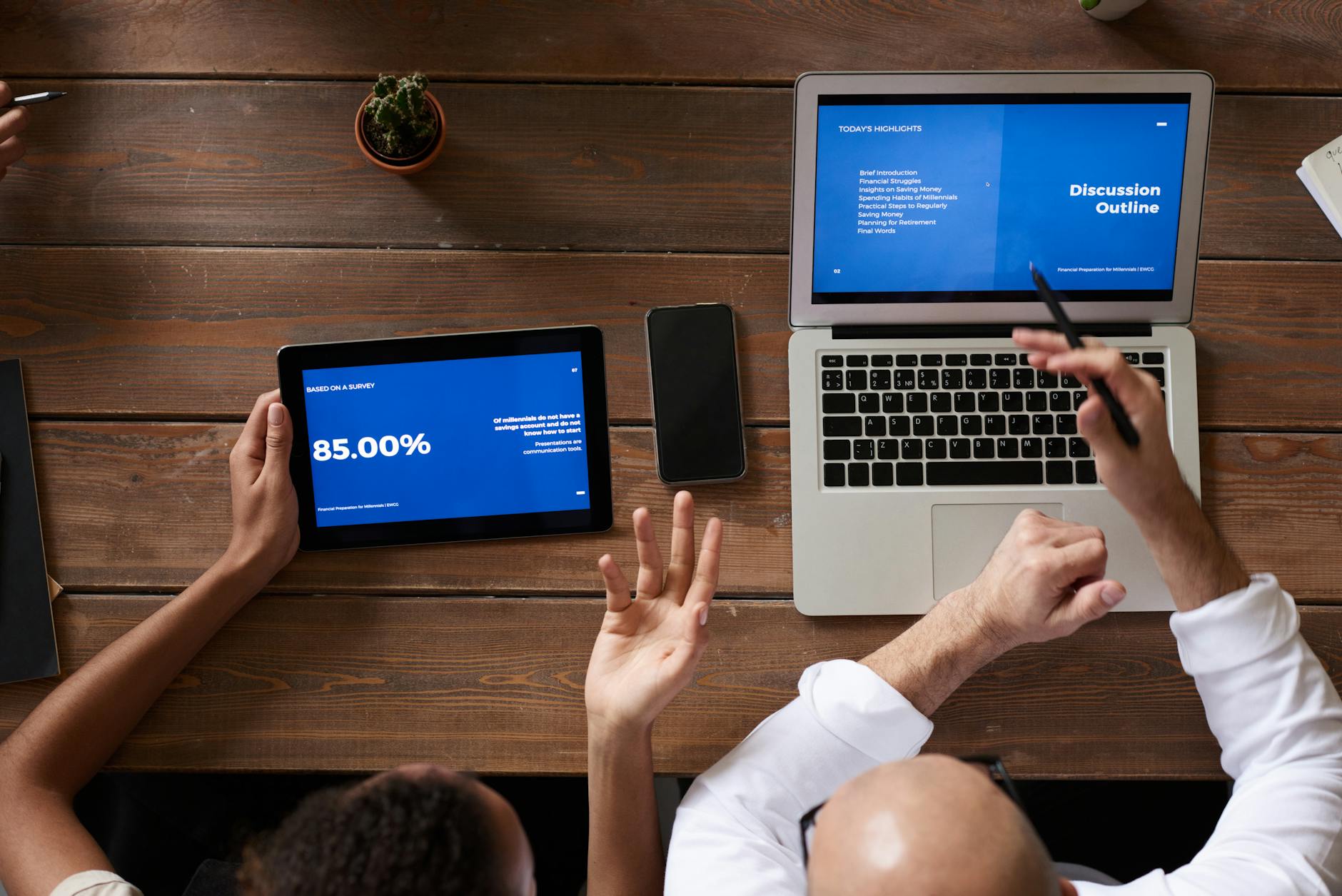Active Protection vs. Diagnostic Safe Mode

Diagnostic safe mode is excellent for isolating problems, but it is reactive: you enter safe mode after noticing an issue. Active protection, on the other hand, is about preventing threats and performance issues before they occur. It operates continuously in the background, monitoring downloads, web traffic and system behavior to identify suspicious activity.
Mobile security suites use real-time scanning engines, similar to those on desktop computers. They check apps as you install them and block malicious ones. They watch network connections for known phishing sites and alert you if you’re about to visit a dangerous page. In essence, active protection reduces the need to rely on safe mode diagnostics by stopping threats early.
Of course, diagnostic safe mode still has its place, especially for troubleshooting performance hiccups unrelated to security. Combined, diagnostic tools and active protection form a complete strategy for maintaining a healthy phone.
Instant Response to Emerging Threats

Attackers are constantly devising new methods to infiltrate devices. When an exploit or piece of malware is discovered, minutes matter. Reputable security vendors operate global research networks that monitor threat intelligence and push signature updates to your device as soon as possible. Real-time protection means your phone is armed with the latest defenses without requiring manual intervention.
Some malware uses obfuscation to evade detection. Advanced security apps employ heuristic analysis and machine learning models to spot unusual behavior even when a signature isn’t available. For example, if an app suddenly starts sending large volumes of data in the background, your security app can flag and block it. Staying one step ahead of attackers requires this constant vigilance.
Keeping your phone updated is part of the response strategy. Patch promptly when manufacturers release updates. Active security software often reminds you of available patches to ensure vulnerabilities are closed quickly.
Staying Up-to-Date with Security Patches

One of the easiest ways to protect your device is to install software updates as soon as they’re available. Updates often contain patches for security flaws that could be exploited by attackers. Unfortunately, many users delay updates because they’re inconvenient or because they worry about new bugs. While caution is understandable, the risks of remaining on outdated software usually far outweigh the risks of updates.
On Android, Google and manufacturers release monthly or quarterly security patches. Make sure your phone is still within its official support window. Older models may no longer receive updates, increasing vulnerability to malware. If your phone’s support period has ended, consider upgrading to a supported device or installing custom firmware that receives community patches.
iOS devices generally receive updates for 5 to 6 years. Enable automatic updates in Settings so that security patches install overnight. Even minor updates can include critical fixes.
Remember that updating apps is equally important. Many vulnerabilities are found in third-party apps, not the operating system itself. Enable auto-updates in your app store and periodically review installed apps, removing ones you no longer use.
Choosing Real-Time Protection Apps

There are dozens of security apps on the market, ranging from basic antivirus scanners to comprehensive suites. When selecting one, look for independent test results from labs such as AV-Test or AV-Comparatives. High detection rates are essential, but usability matters too. A good security app should run efficiently in the background without slowing down your phone or draining the battery.
Consider what additional features you need. Some apps include VPN services, Wi-Fi network scanners, privacy auditing tools, parental controls, and anti-theft capabilities like remote lock and wipe. Others focus solely on malware detection. Balance features with cost; many reputable vendors offer free tiers with basic protection, but advanced features usually require a subscription.
Finally, pay attention to privacy policies. Ironically, some so-called security apps collect excessive data. Choose a vendor with a clear, transparent privacy policy and a history of respecting user data.
Incorporating real-time protection with safe browsing habits and regular maintenance yields the best defense. Threats are always evolving, but so are the tools we use to fight them.
Fortify Your Phone with Proactive Protection
Don’t wait until something goes wrong. Combine diagnostic safe mode with real-time antivirus to keep your phone secure and efficient.
Secure Your Phone Now